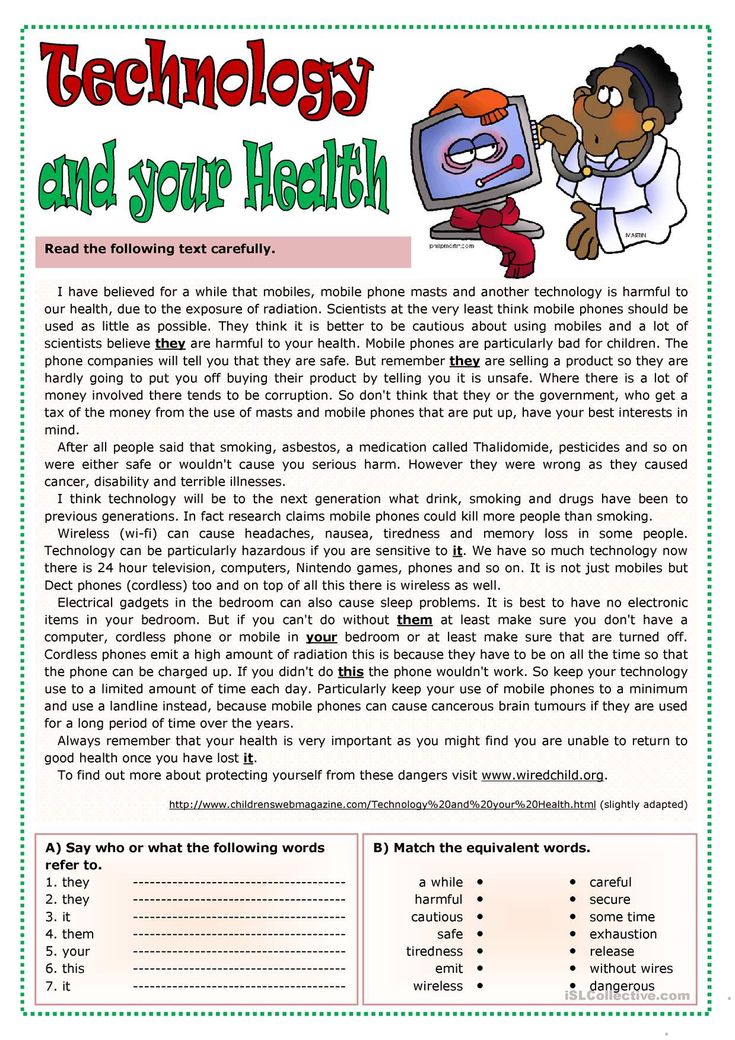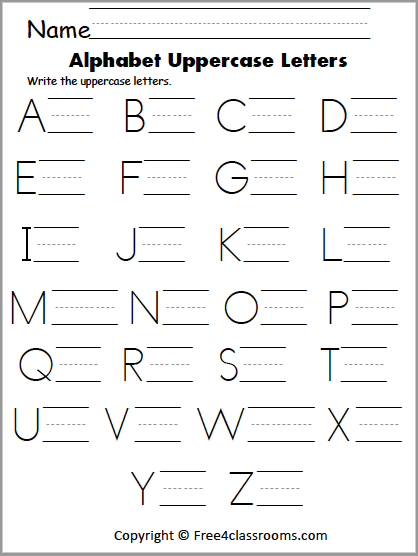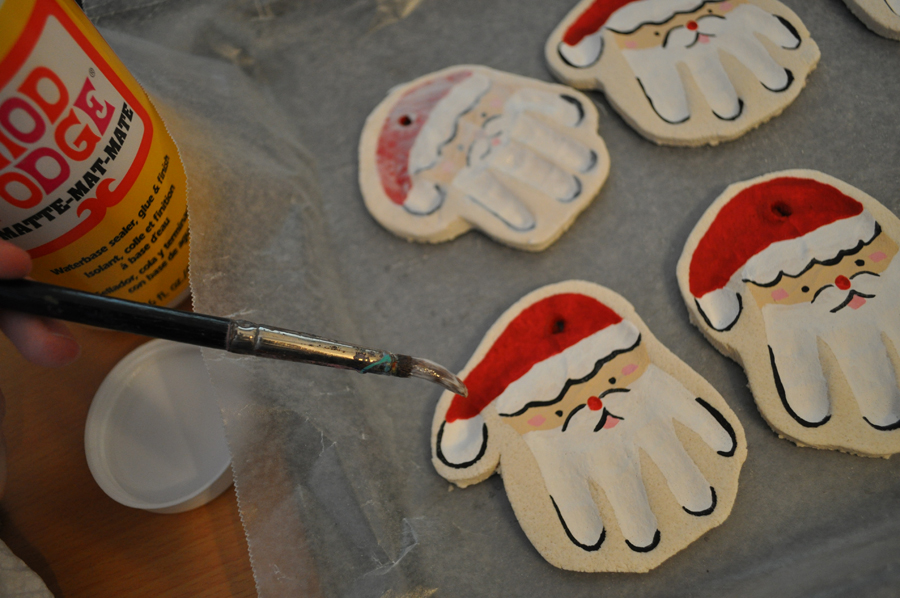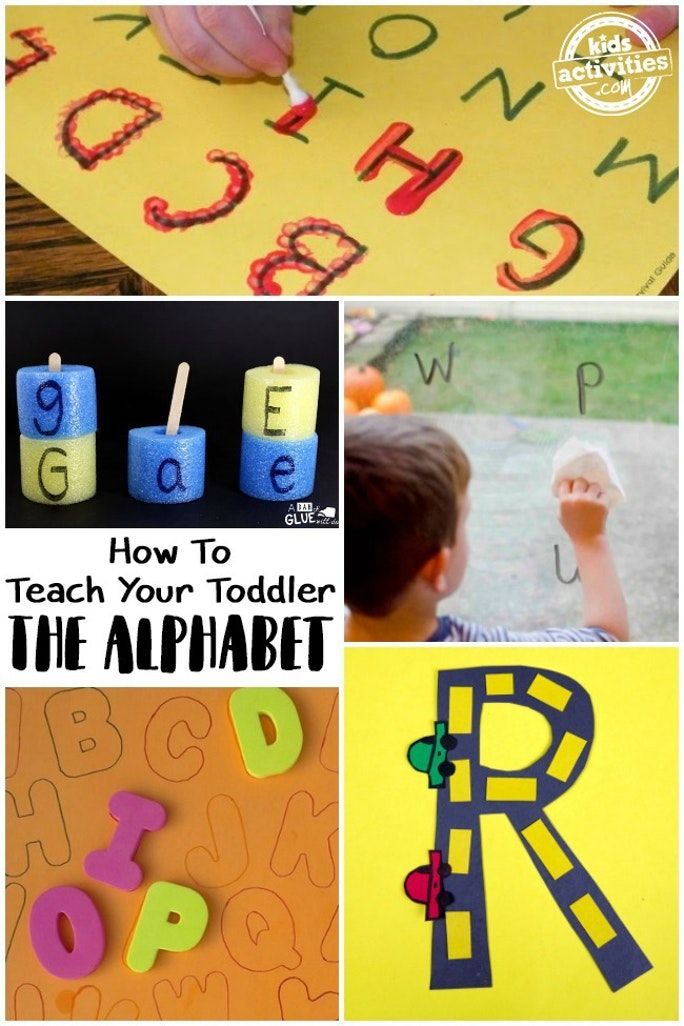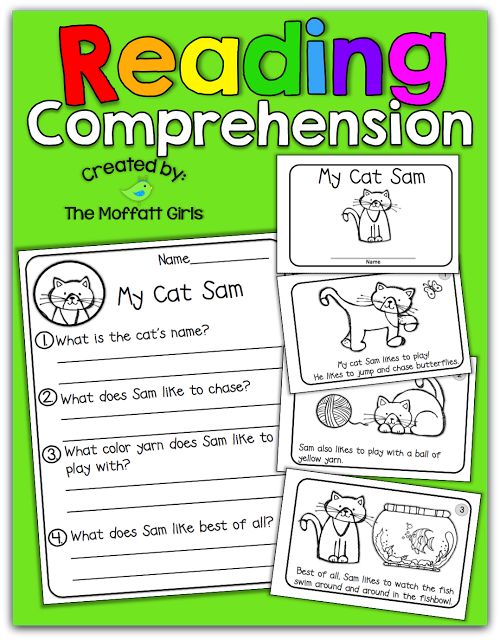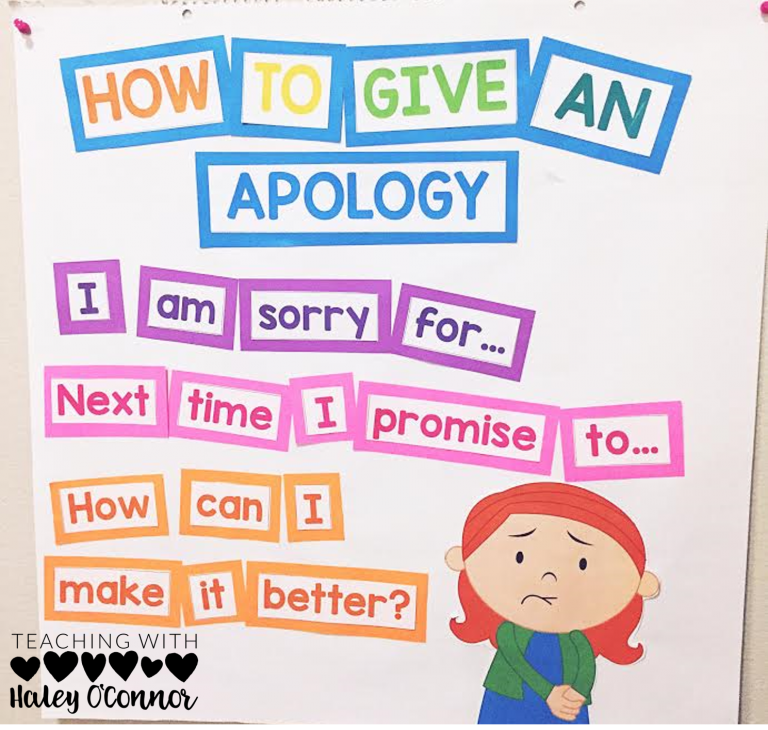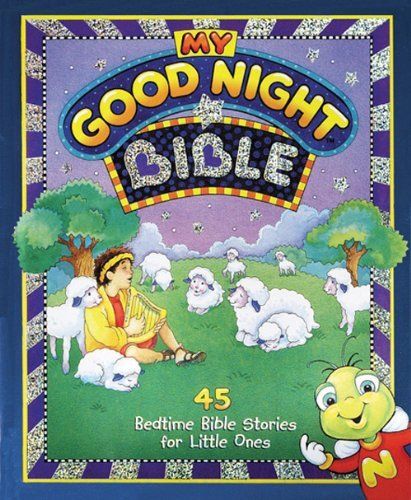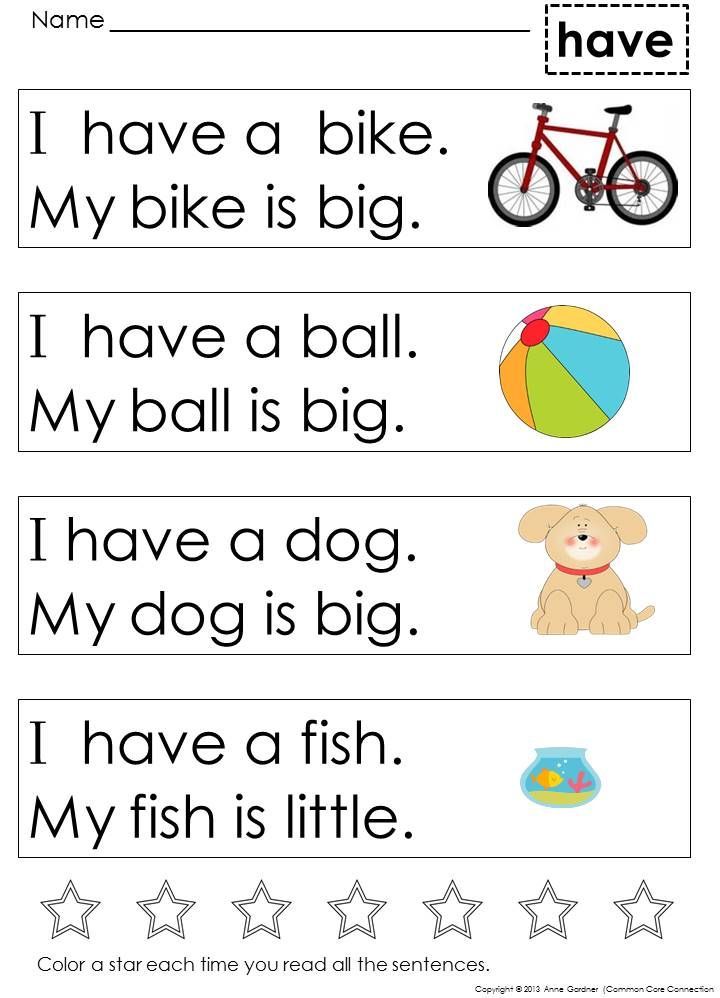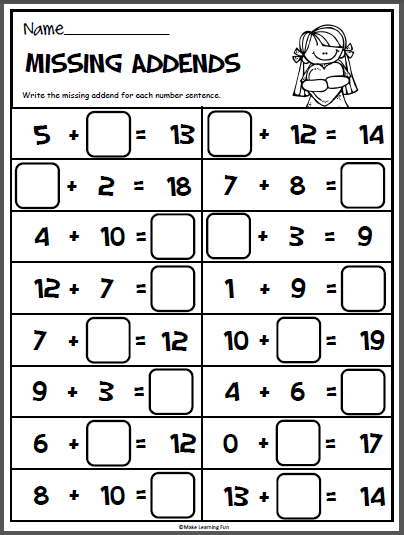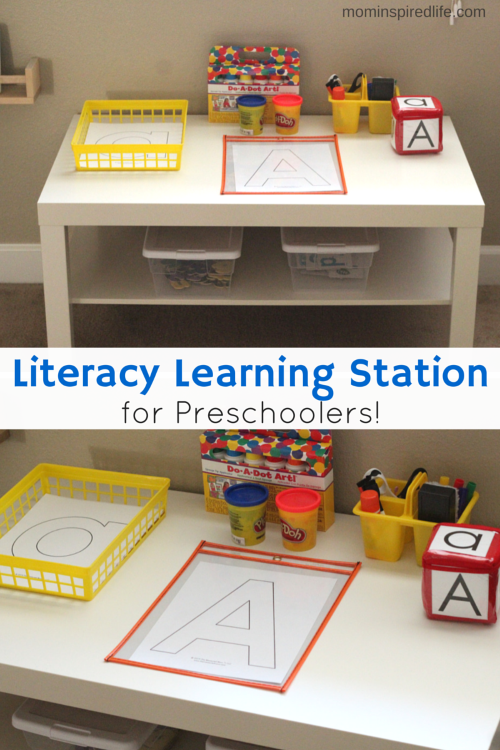Activities on reading comprehension
11 Free Reading Comprehension Activities For Students
There can be a hundred teachers in a room and ninety-nine of them will have different ideas on how to help with reading comprehension. Some of them might argue that rigorous testing is the best methodology, whilst others will argue that regular pop quizzing is the best way to go. Truth be told, there is no "one" exact way to ensure that your students understand what they are reading. Instead, it's best to adopt a variety of different solutions.
Here is a list of the top 11 reading comprehension activities. You can use them to introduce new reading comprehension techniques, or simply to check your students’ understanding so far. They are all fun, innovative ways to approach reading comprehension and demonstrate your students' skills.
1. Roll & Chat Dice
This fun activity includes lots of comprehension questions to check your kids have effective reading comprehension skills. You can adapt and change this for any student, ensuring that they are reading at grade.
Learn more: Teachers Pay Teachers
2. WANTED Poster
You can use this activity not only to ensure that your students have basic story understanding but also to demonstrate they know character traits. It can also be applied to a wide variety of texts, too. Try including some questions about characters and story detail for even more teaching of comprehension.
Learn more: Education.com
3. Story Cheeseburger
This is unfortunately not as delicious as it sounds! You can use this activity to check simple reading comprehension of story structure, as well as a more advanced understanding of story aspects. Try displaying this colorful reading comprehension activity to brighten up your classroom, too!
Learn more: Unique Teaching Resources
4.
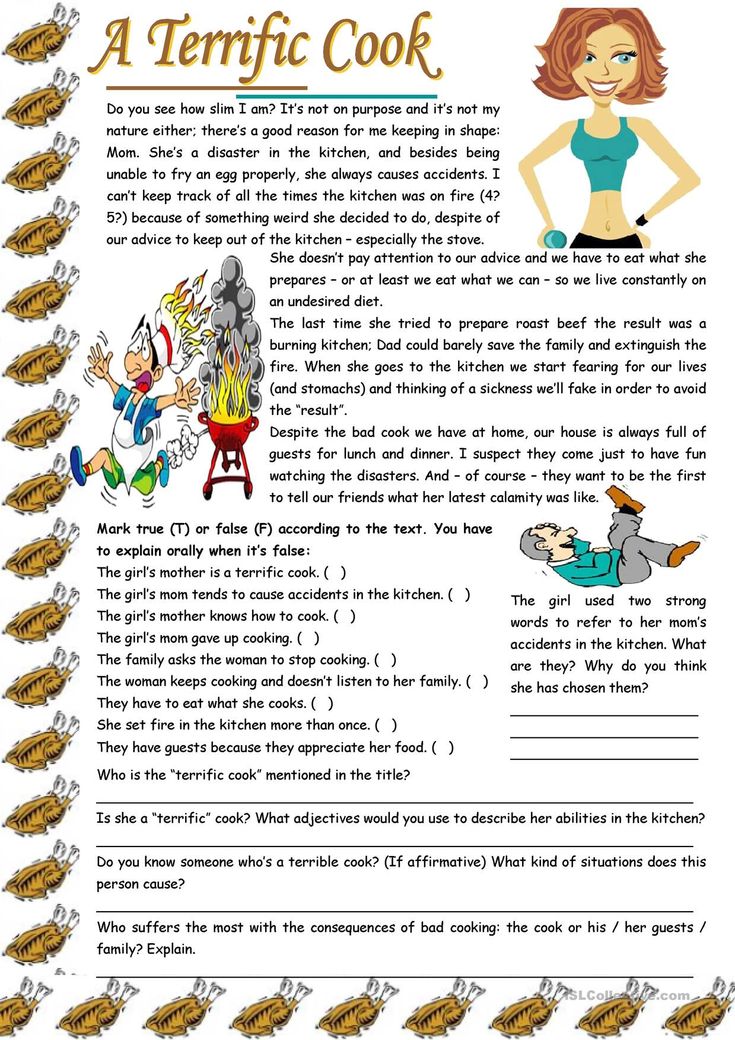 Reading Comprehension Worksheets
Reading Comprehension Worksheets
This website has plenty of reading comprehension worksheets that you can print out and use for a reading passage. You can use them to teach reading strategy as part of a typical reading lesson or to have some book talk.
Learn more: K5 Learning
5. Make a Timeline
You can use this research-based teaching strategy for any non-fiction story to help demonstrate reading to knowledge skills. Ask relevant student questions about the topic of study to help expand on their knowledge and sequence events.
Learn more: Education.com
6. Yellow Brick Road Retelling
This is an excellent reading project to get your kids involved in active reading, instead of just being passive. You can use it to talk about many elements of the story and a narrative text. You can differentiate it according to your students' reading skills, from simple story elements like the story title to more developed ideas like meaning during reading.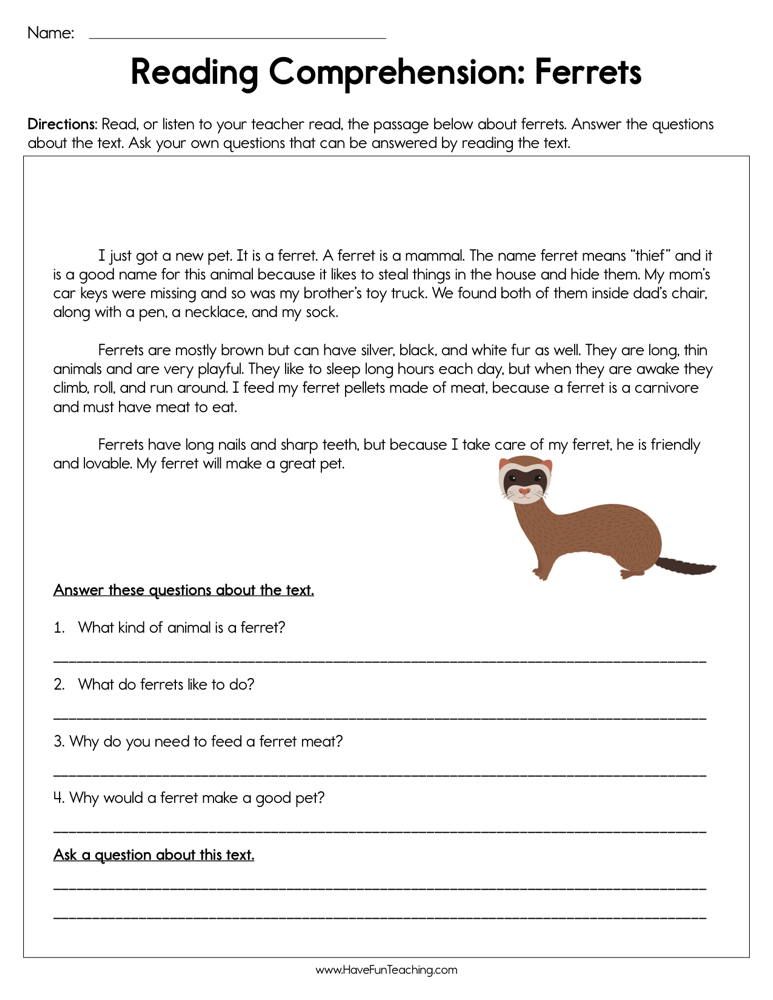
Learn more: Just Cara Carroll
7. Anticipation Guide
This is a perfect pre-reading activity to get your students to understand the reading process in more detail. They will need to make some predictions about the story and share their opinions on some of the ideas that the book presents. You can also return to this guide after reading to demonstrate how their reading comprehension has developed.
Learn more: Reading Rockets
8. Question Ball
You can get really creative with this activity by getting the whole class involved to answer some comprehension topic questions. You can even use it to revise key quotations or as part of a reading selection. Definitely one for student engagement!
Learn more: Coffee Cups and Crayons
9. Lego Retelling
This one is more suitable for a picture book with younger learners, but it can also be used by upper-grade students, too. Your kids will have to use the individual Lego pieces to build key scenes from a text, then explain what they have built.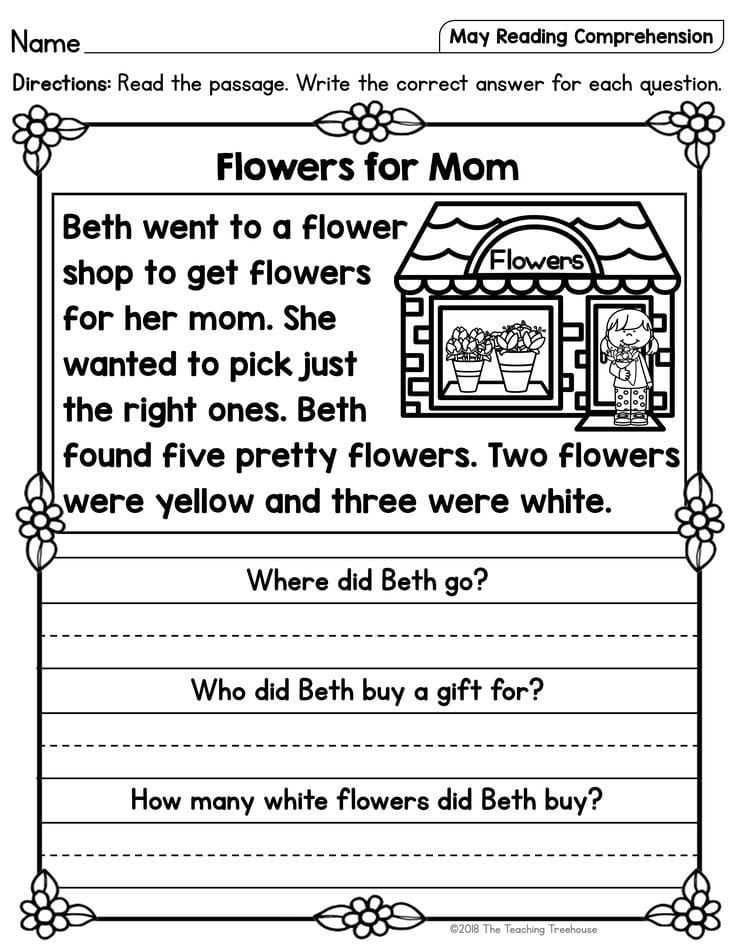 They can write down what they have said, too, to show that they have really understood the text well.
They can write down what they have said, too, to show that they have really understood the text well.
Learn more: The Educators Pin On It
10. Story Telling Bracelet
Another more hands-on activity, the teaching procedure of this involves assigning each color of the bracelet to a particular part of the text. For example, yellow, green, and blue all represent plot events. This is particularly useful to create a sequence of events and make story connections.
Learn more: Growing Book By Book
11. Reading Cheat Sheets
Need to help your students understand critical reading skills? Use these cheat sheets to provide them with expert details and things to keep in mind while they read a text. This includes key skills like looking at the cover, thinking about the content-area text, and other discussion questions to consider during the reading-thinking process.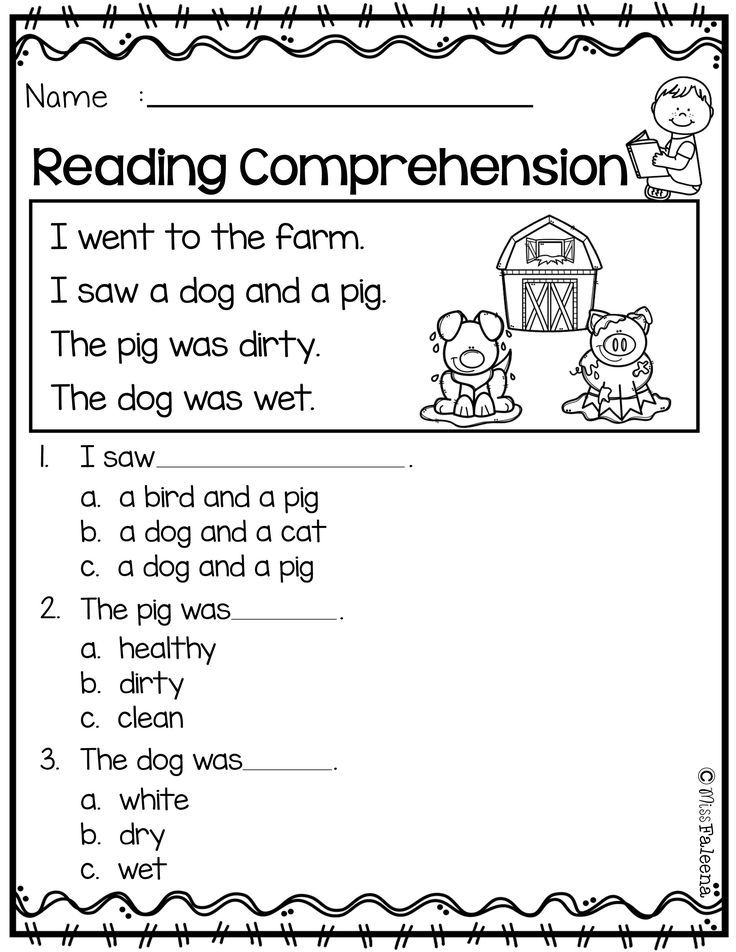
Learn more: Teachers Pay Teachers
These are just a few of the best ways to make reading more accessible for your learners. The majority of these activities can be expanded upon to meet the specific needs of your readers, whether that be sequencing events or providing a detailed analysis of character.
Frequently Asked Questions
What are comprehension activities?
Comprehension activities are activities or games that can be used to help your students to demonstrate what they know about a text. This usually covers but is not limited to, setting, plot, and character. Comprehension activities can be expanded to include other ideas too, like the meaning of the text, and can go beyond the details included within the text, such as in terms of contextual information surrounding the creation of the book.
What is the best way to teach comprehension?
Unfortunately, there is no definitive "best" way to teach comprehension to your kids, as each student is different and will respond to different activities.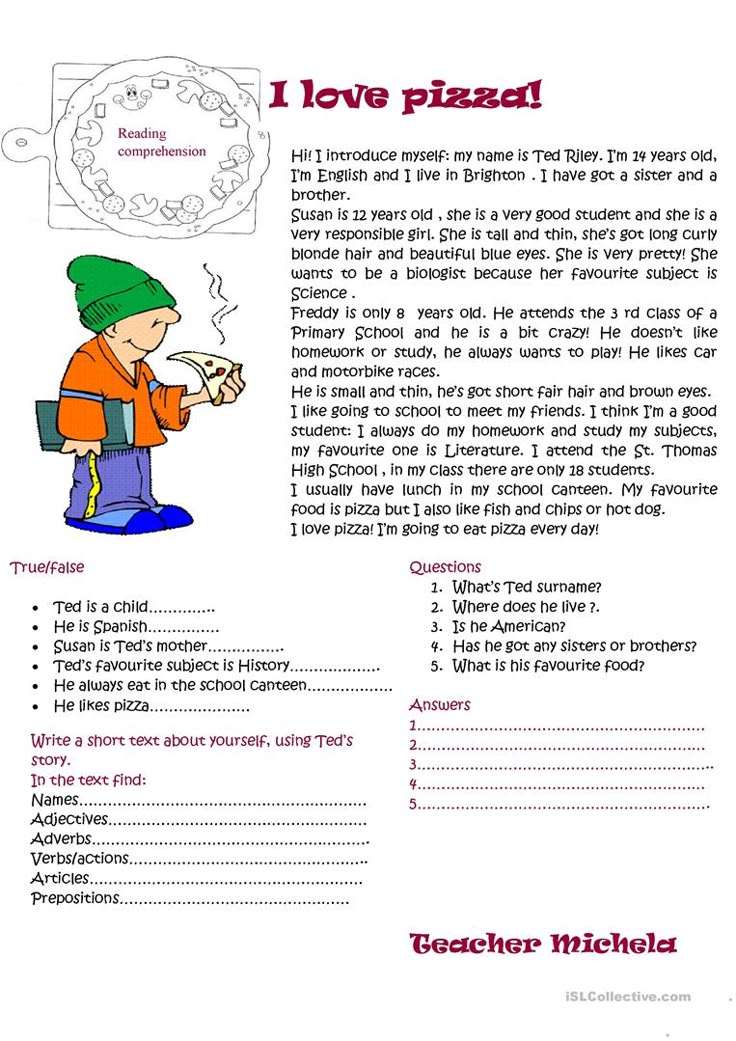 However, one thing that will definitely work is to make comprehension an enjoyable process. Try using the activities above to help with this and avoid simply completing tests or quizzes, as these will not make your student engaged.
However, one thing that will definitely work is to make comprehension an enjoyable process. Try using the activities above to help with this and avoid simply completing tests or quizzes, as these will not make your student engaged.
How can I improve my comprehension?
Try to go beyond simple ideas of comprehension. Your basic comprehension of a text should include the key events (or plot), the setting (where and when the story happens), and characters (the people or things that the text is about). You should try to expand beyond this by thinking about the meaning of the text. What message was the writer trying to put across? Reading comprehension goes beyond the words on the page - you need to think about the writer's craft, too.
What are the 3 main types of reading strategies?
The key reading strategies that you will likely encounter are scanning, skimming, and detailed reading. Scanning involves looking for specific information in a text, such as a keyword or detail.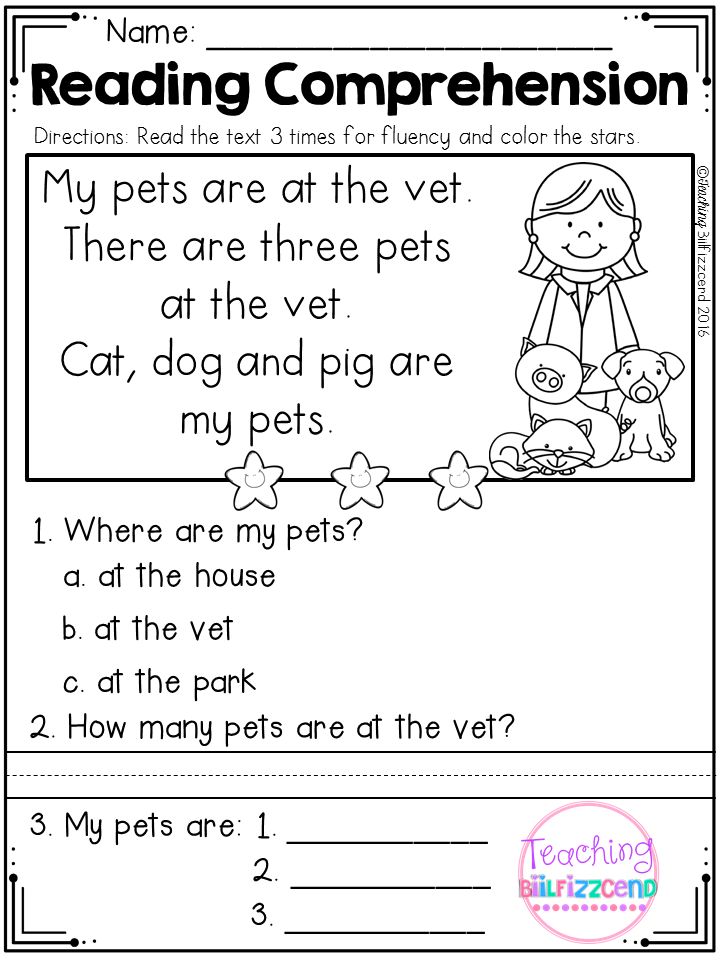 Skimming is slightly more in-depth as it is about understanding the main idea of a text by reading small chunks of the passage. Detailed reading is the slowest reading process but is the one that can help you get the most information from a text. Using this last strategy, your kids will understand approximately 80% of the text. Even so, each of these strategies is vital for teaching your students how to read effectively for information.
Skimming is slightly more in-depth as it is about understanding the main idea of a text by reading small chunks of the passage. Detailed reading is the slowest reading process but is the one that can help you get the most information from a text. Using this last strategy, your kids will understand approximately 80% of the text. Even so, each of these strategies is vital for teaching your students how to read effectively for information.
Second Grade Reading Comprehension Activities
Second graders are some of the most enthusiastic readers out there. They are transitioning from the basics into readers looking for meaning. As they build upon their comprehension skills, they are beginning to make connections to themselves and the world at large. These second grade reading comprehension activities will help your students dig deeper into texts on their own as well as with their peers.
1. Build a pyramid.
This idea was born out of one teacher’s students’ eternal love for constructing cup towers at any opportunity! The cups are coded with symbols to represent different story elements.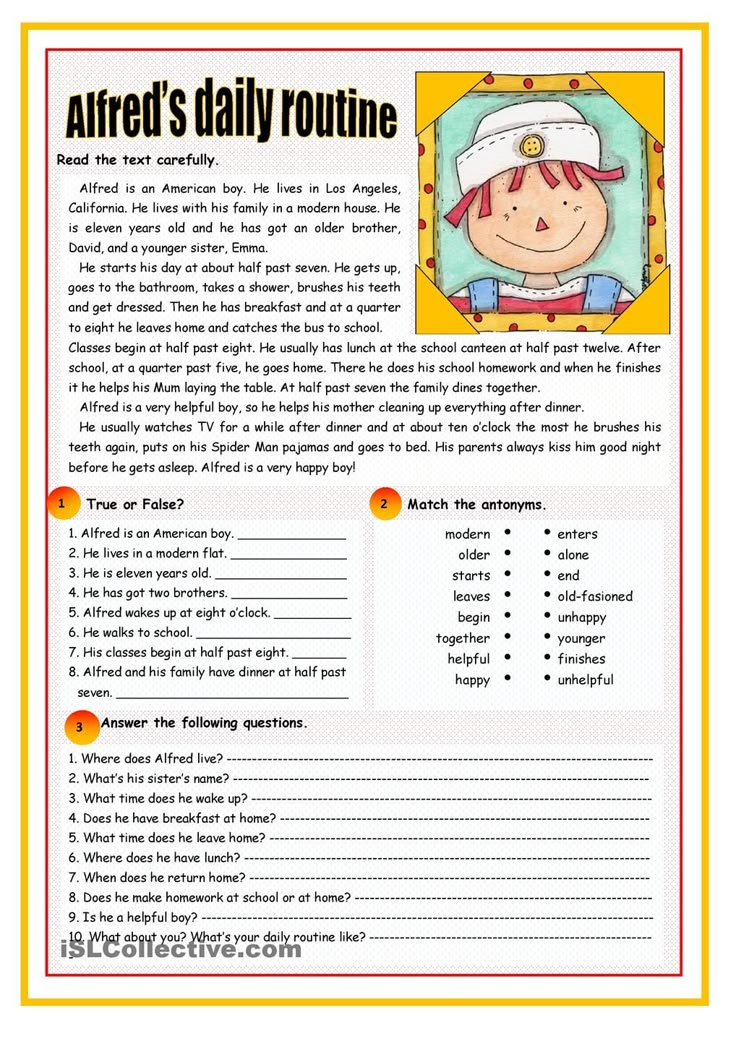 After reading their leveled text, students share each story element while building their cup pyramid from the bottom up. They can then record the story elements on the matching graphic organizer.
After reading their leveled text, students share each story element while building their cup pyramid from the bottom up. They can then record the story elements on the matching graphic organizer.
Learn more: Teach Outside the Box
2. Clip together a reading strategy fan.
Modeling is the best way to guide students through reading comprehension strategies. But unless they’re actively participating in the process, they simply won’t retain enough of the strategy to make any meaningful difference in their own independent comprehension of text. That’s where these strategy fans come in. The link below shows how this teacher uses the cards in her class.
Learn more: Organized Classroom
3. Use a volcano graphic organizer.
Demonstrate how to draw a simple volcano shape, divided into three sections, and have students draw one in their reading journal. After reading the first few pages of the story, ask students to write first impressions at the base of the volcano.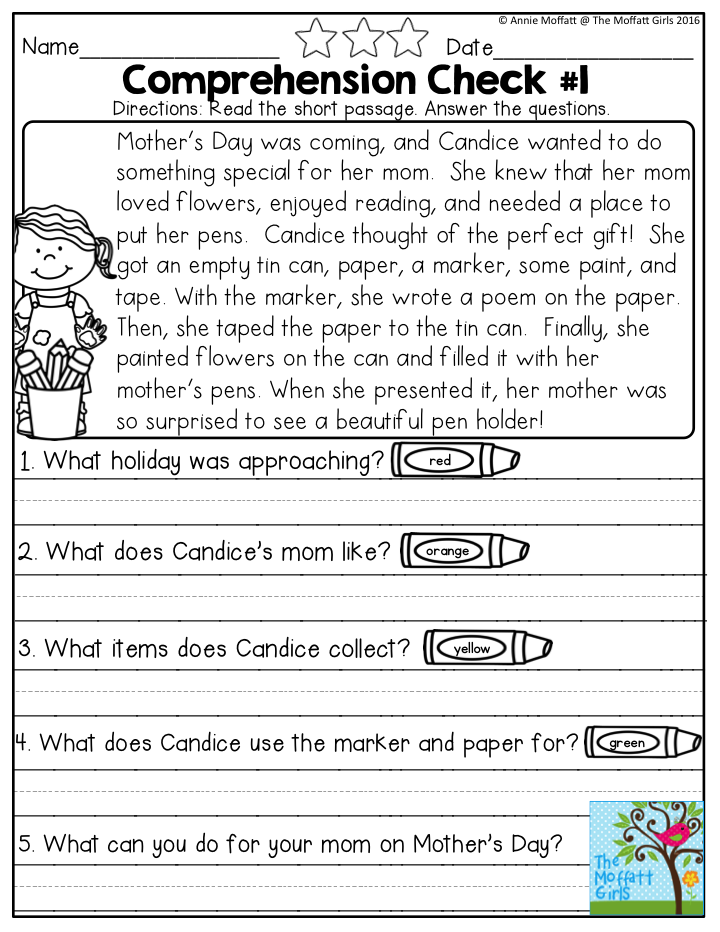 This is also a good place to make predictions about where they think the story is going. At about the halfway point, have students write what they think and how they think the story is changing. Once they have finished reading, they will write what they think the story is really trying to teach them and what they took away from the story at the top of the volcano.
This is also a good place to make predictions about where they think the story is going. At about the halfway point, have students write what they think and how they think the story is changing. Once they have finished reading, they will write what they think the story is really trying to teach them and what they took away from the story at the top of the volcano.
Learn more: Student Treasures
4. Compare characters.
Encourage your students to think more deeply about the characters in a story. In the head of each figure, ask students to write a character’s name. Then have them write specific attributes about the character in the torso section. In the circle between the characters, have them write shared characteristics between the two figures.
Learn more: Florida Center for Reading Research
5. Construct a comprehension cootie catcher.
Once the bane of classroom teachers, cootie catchers have become a novel way to practice skills that kids can get excited about. This free download from the Classroom Game Nook includes three versions with questions about characters, setting, plot, and more.
This free download from the Classroom Game Nook includes three versions with questions about characters, setting, plot, and more.
Learn more: The Classroom Game Nook
6. Put on a retelling glove.
Retelling is a vital skill for young readers to work on to help them understand what they are reading. These gloves are a snappy accessory with labels that you can easily change. For fiction retellings, you can include setting, characters, problem, events, and solution. For nonfiction retellings, you can include main idea and supporting details. At the bottom of the glove, you can focus on making connections.
Learn more: One Giggle at a Time
7. Create a Wanted poster.
This free lesson from Education.com is a fun writing and drawing activity that has students take what they know about the bad person in the story and turn the details into a colorful Wanted poster.
Learn more: Education.com
8. Roll and chat your way to understanding.
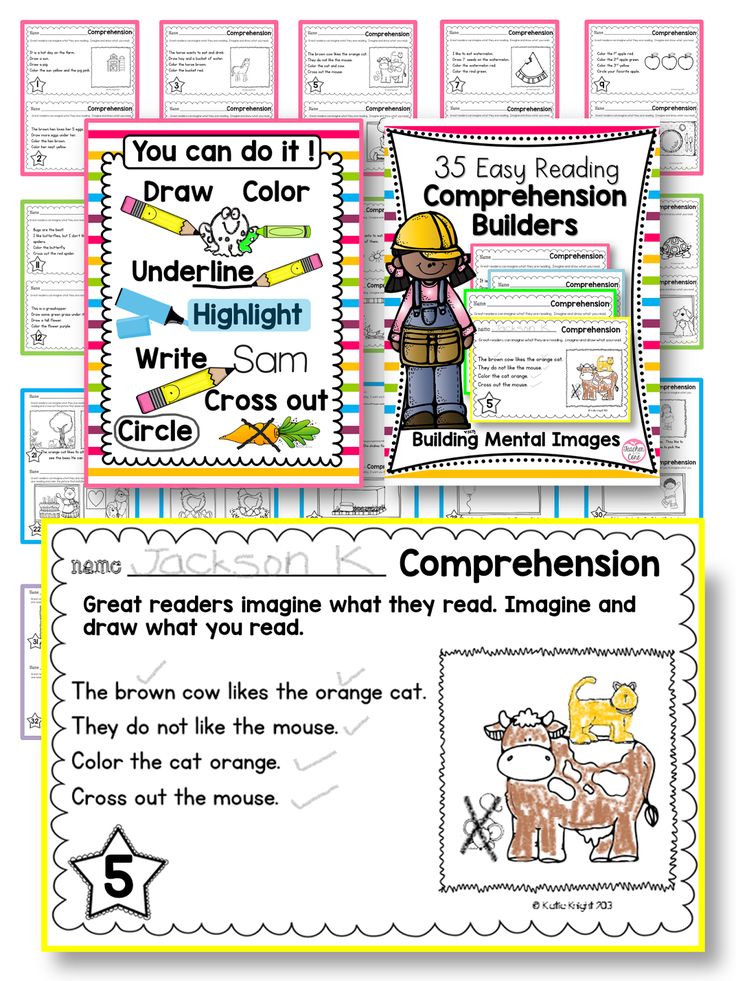
If you’re looking for fun second grade reading comprehension activities that work well for stations or small-group work, try Roll & Chat. Players take turns rolling dice and answering questions about their reading.
Learn more: Playful in Primary
9. Toss a story ball around.
Kids will love this version of toss using a beach ball customized with questions that can be used for any reading passage. It’s a great activity for review or when you want to keep the learning going, but your kids need to get up and move.
Learn more: Coffee Cups and Crayons
10. Follow a yellow brick road.
This fun lesson is another way to work on retelling skills. Print out these free story-element cards. Then, lay them out to create a road. As students hop from one yellow “brick” to the next, they retell the story.
Learn more: Cara Carroll
11. Make a shutter book.
This lovely foldable book is a great way for students to show their understanding of story elements in a colorful way.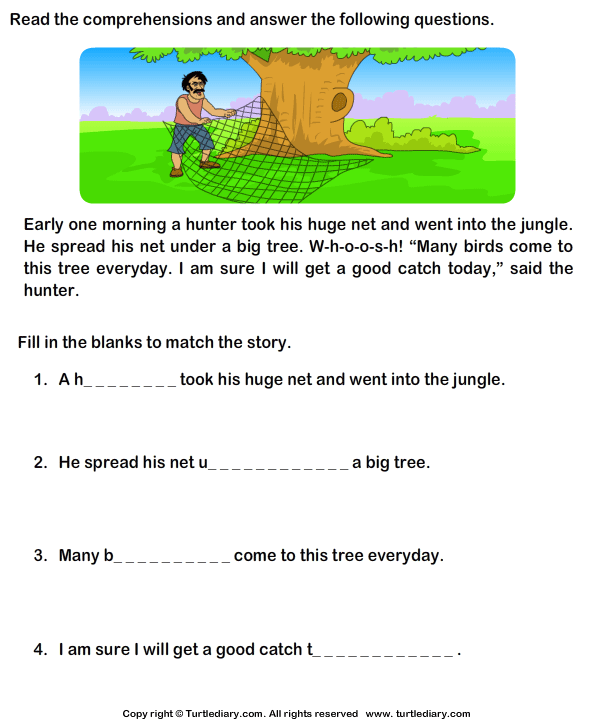 This is a great guided reading project to go along with a read-aloud.
This is a great guided reading project to go along with a read-aloud.
Learn more: Upper Elementary Snapshots
12. Make book talks a regular part of your literacy block.
Book talks are a great way for students to demonstrate their reading comprehension. But sometimes when students get up in front of others, they’re not quite sure what to talk about. Download these adorable topic cards to guide students as they tell their classmates about what they are reading.
Learn more: Teacher’s Takeout
13. Celebrate the joy of reading with Flashlight Fridays.
I can’t think of a better way to end the week than implementing Flashlight Fridays into your ELA block. The students absolutely love reading in the dark and out of their desks. Add to the fun by allowing them to bring in cozy blankets and their favorite squishy!
Learn more: Flashlight Fridays
14. Implement Kagan Cooperative Learning Strategies.
When it comes to cooperative learning and active engagement, Dr.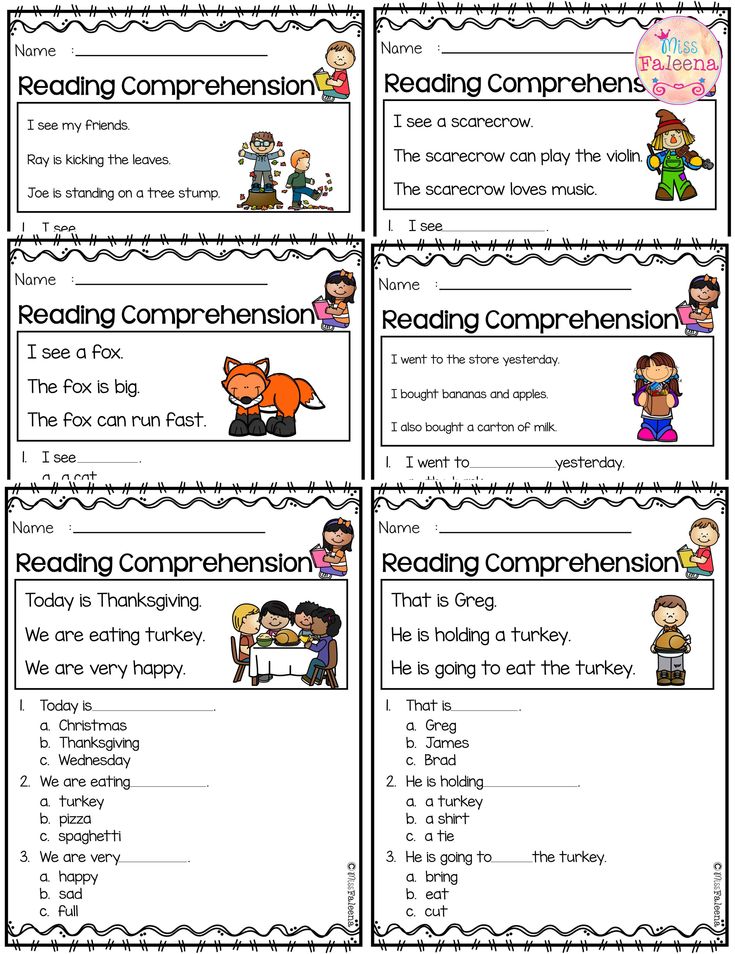 Spencer and Laurie Kagan are the ultimate masters. My personal favorite Kagan strategy is called “Stand Up, Hand Up, Pair Up.” Using this strategy, students are out of their seats and mix around the room. When they are signaled to stop, they find their nearest peer, partner up, and discuss whatever topic you choose.
Spencer and Laurie Kagan are the ultimate masters. My personal favorite Kagan strategy is called “Stand Up, Hand Up, Pair Up.” Using this strategy, students are out of their seats and mix around the room. When they are signaled to stop, they find their nearest peer, partner up, and discuss whatever topic you choose.
Learn more: Kagan Publishing
15. Toss around reading comprehension cubes.
These are great conversation starters that will encourage your students to discuss different aspects of a story with their classmates. Use them in centers, small groups, or as a whole-group activity.
Buy it: Reading Comprehension Cubes at Amazon
16. Make a story-retelling paper bag book.
These cute booklets are easy to make and focus on important story elements. Your students will have so much fun making them, while honing in on those important ELA skills.
Learn more: Comprehension Connection
17. Create a lap-book-style book report.
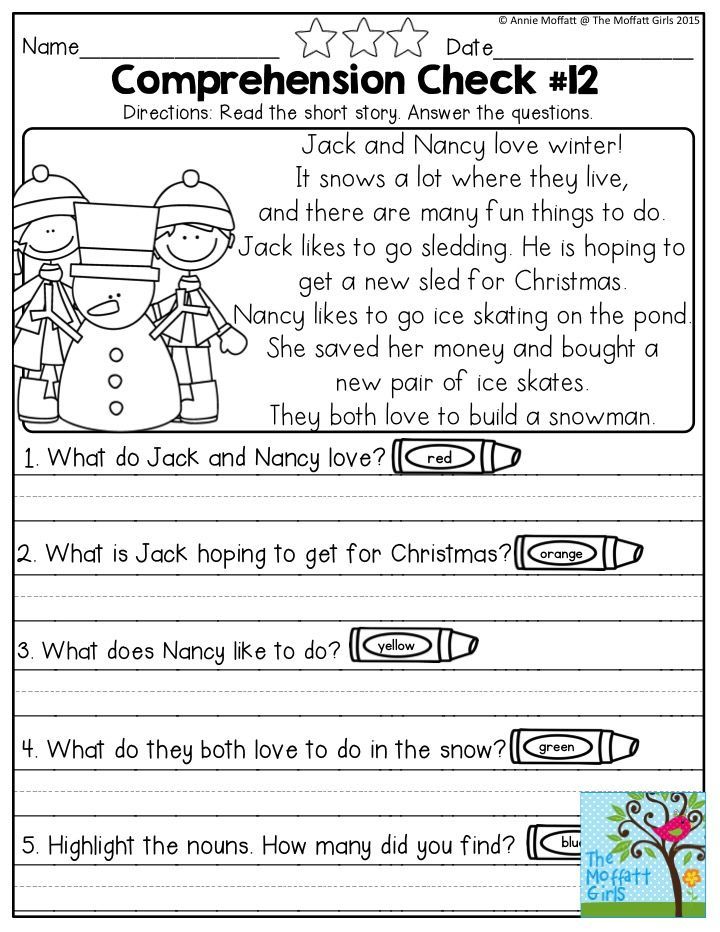
Lap books are another creative way to put thoughts to paper in writing, while still fostering those artistic vibes. Use this as a whole-group assignment after a read-aloud, or have students make one after reading a book independently.
Learn more: Cara’s Creative Playground
18. Complete a story element map.
Students can handwrite their ideas or draw pictures describing each story element with this handy story map template. Kick things up a notch by making a double-sided copy to allow students to both write and draw their ideas!
Learn more: Katie Byrd
19. Play a storytelling-themed board game.
Players draw random story elements and use them to tell a tall-tale type of story. With five different ways to play, it is easy to reach all types of learners and learning styles with this adaptable and fun game.
Buy it: Tall Tales Storytelling Board Game on Amazon
20. Hold a Book Character Day.
Book Character Day is one of those second grade reading comprehension activities that kids will remember forever! It gives them a chance to show how much they really know about one of their favorite characters.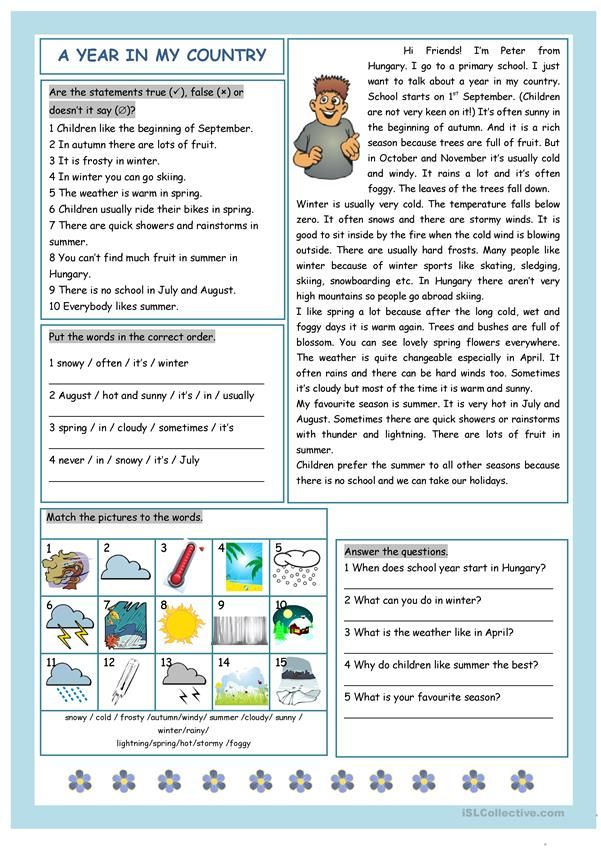 Encourage them to dress as their character and carry props that are part of their story. Maybe they’d even like to act like and talk in the voice of their character. Be sure to set aside time for each student to tell their classmates about the character they chose and why.
Encourage them to dress as their character and carry props that are part of their story. Maybe they’d even like to act like and talk in the voice of their character. Be sure to set aside time for each student to tell their classmates about the character they chose and why.
Learn more: Shann Eva’s Blog
If you like these second grade reading comprehension activities, check out our favorite second grade books.
Plus, get all the latest teaching tips and tricks by signing up for our newsletters!
5 exercises with text to develop meaningful reading
Photos: Unsplash, personal archive of Yulia Serykh. Illustration: Julia Zamzhitskaya
Meaningful reading is the basis of functional literacy. After all, in order to use information from the text, you need not just to read it, but to correctly understand the content. Together with Yulia Serykh, the founder of Antara Academy, an online school for the development of intelligence and soft skills, we have prepared a selection of exercises that will help develop this skill in children from 6 years old.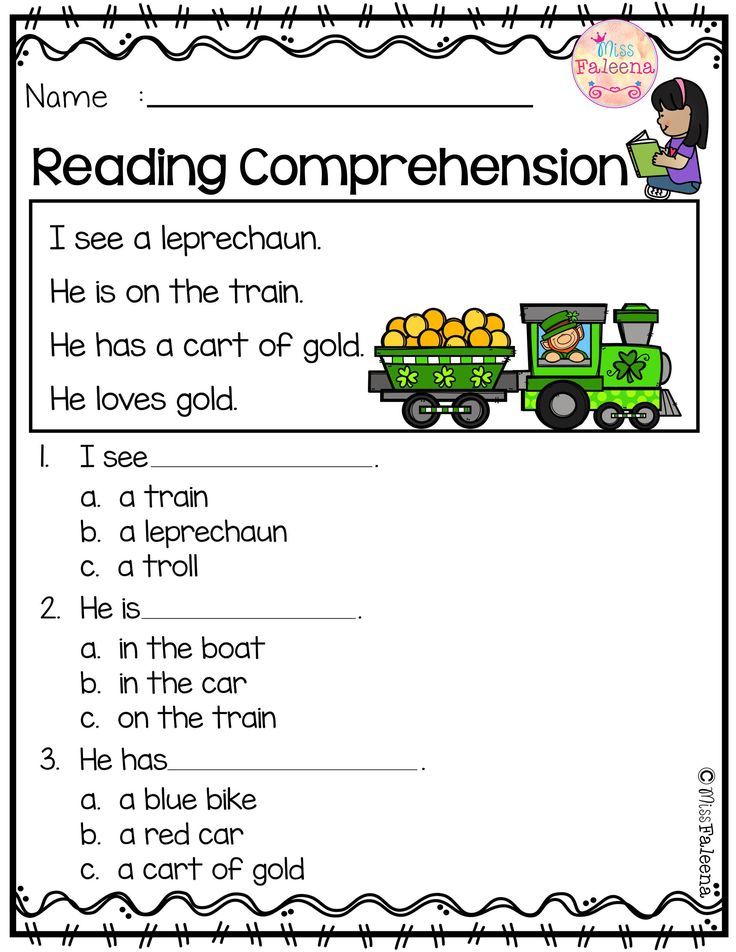
-
Numbers instead of letters
What develops: speed of visual reactions.
Age: 8-17 years old.
Take a short piece of art that is appropriate for the child's age. Volume: 10-12 sentences. Type it on the computer, replacing some letters with numbers similar to them (for example, t - 7, a - 4, d - 9, etc.). Print and invite the child to read this text, and then answer questions about its content.
For the first time, understanding the text may be difficult, but if you constantly repeat this exercise, there will be less and less difficulty.
-
Beads and strings
What develops: attention and memory
Age: from 10 years old.
Take any sentence, say a proverb, and arrange the letters that make up the words, as shown in the picture below. The task of the child is to collect words from the letters-beads that connect the "threads" of the same color.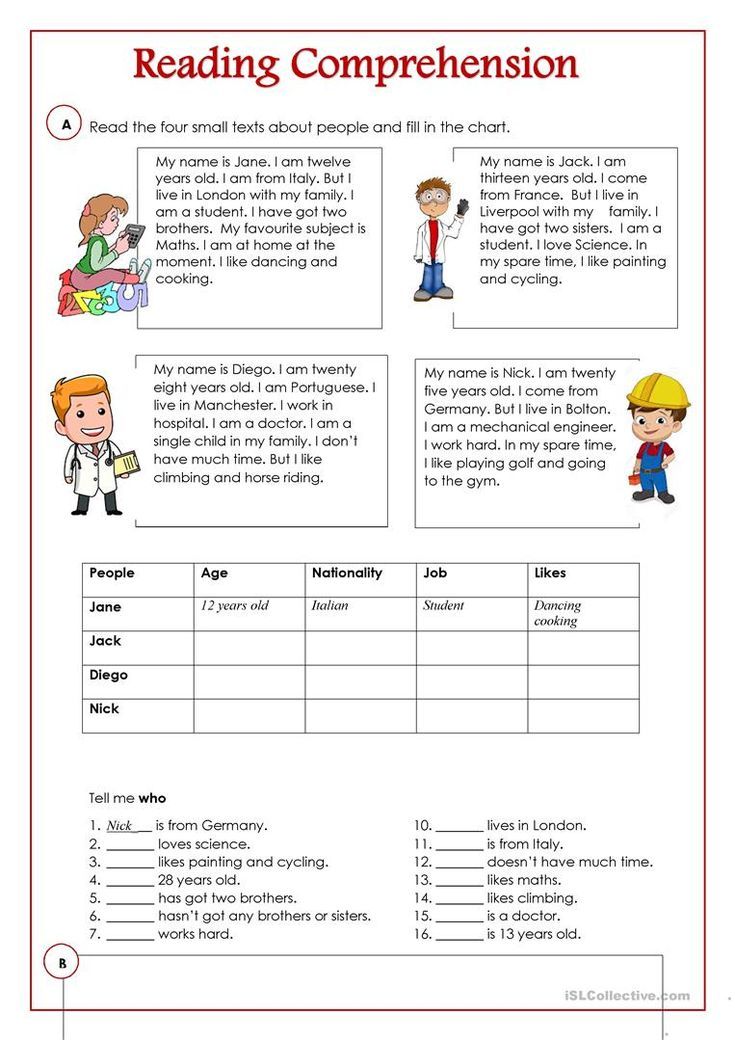 And arrange the words according to their meaning to make a sentence.
And arrange the words according to their meaning to make a sentence.
Older children can make complications: take longer words and increase their number, use interesting expressions, such as aphorisms. For younger children, the exercise is also suitable, but in a simplified form: the number of words is from three, but with fewer letters and is simpler in meaning.
-
Missing words
What develops: memory and creativity.
Age: 6-8 years old
Print out a short text on paper, such as an excerpt from a well-known children's fairy tale, and remove some of the words. You can exclude several adjectives, verbs and homogeneous members of sentences. Vary the complexity of the text depending on the age and level of preparation. Invite the child to complete the text with the missing words, and then discuss the content of the text by questions.
The exercise can also be used with children over 8 years old, but with some variations: after each sentence read, invite the child to rephrase it, keeping the meaning.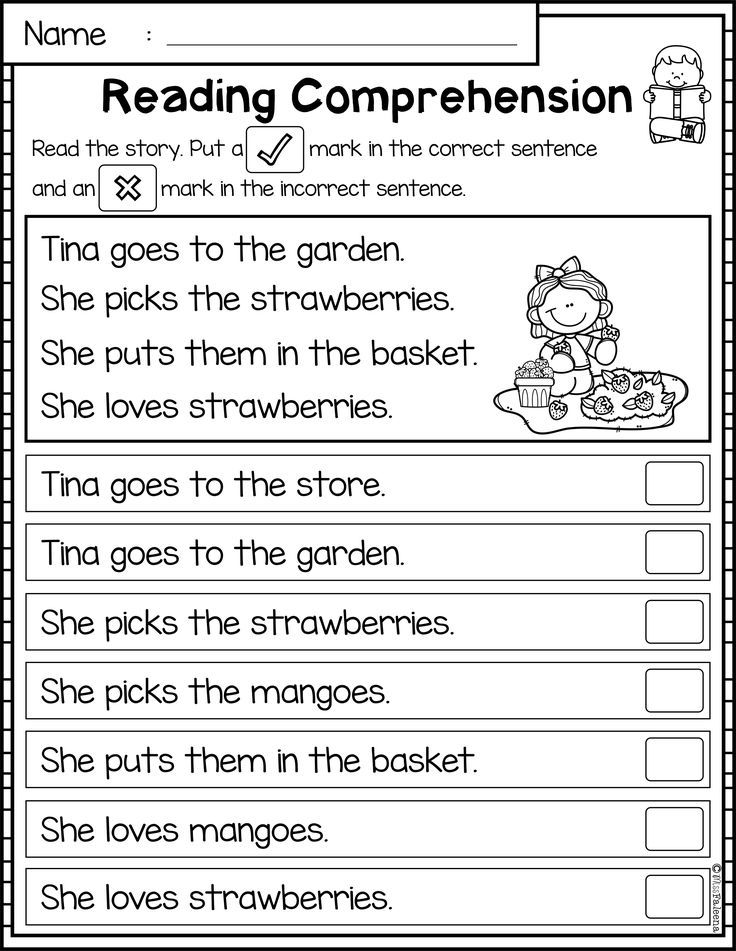
Advice : you can leave “guesses” for the most difficult missing words in the questions.
-
Offer limits
What develops: attentiveness and reading technique.
Age: 6-8 years old.
Type some text on the computer and remove all capital letters and dots from it. The task is to correctly break it into sentences. After completing the task, be sure to discuss the content of the text with the child using leading questions.
-
Find the syllable
What develops: attentiveness and concentration.
Age: 6-8 years old
Type letters on the computer in random order, without spaces. In several places, insert any syllable between the letters, for example, "ba". Ask the child to find all the inserted syllables.
For children over 8 years old, you can use the exercise in the same form, but limited in time.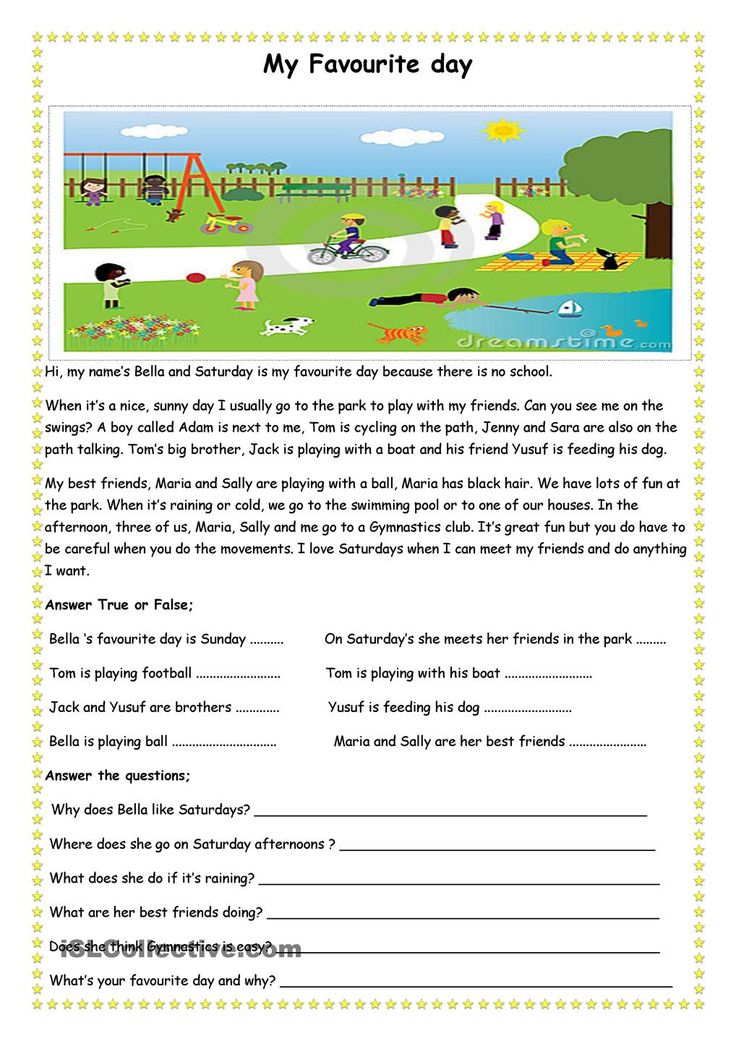 For example, give 1 min or 30 sec, depending on the amount of text.
For example, give 1 min or 30 sec, depending on the amount of text.
Important: it is better to complete all tasks on a computer, in printed form, so that the child gets used to the typographic font.
More tasks to develop reading speed, reading literacy, intelligence and creativity - in the Antara Academy online school courses.
What are the benefits of a school?
— Courses developed by professors from Oxford, Moscow State University, the University of Birmingham and the University of Geneva.
— Classes are held in mini-groups of 4 people. The teacher gives the necessary time to each child and at the same time allows socialization and interaction in the group.
- In groups, children with the most similar starting level are engaged. It is determined at the entrance test.
- Each lesson, the coach measures the progress of the skills being developed, which makes it possible to visually display the dynamics of each student.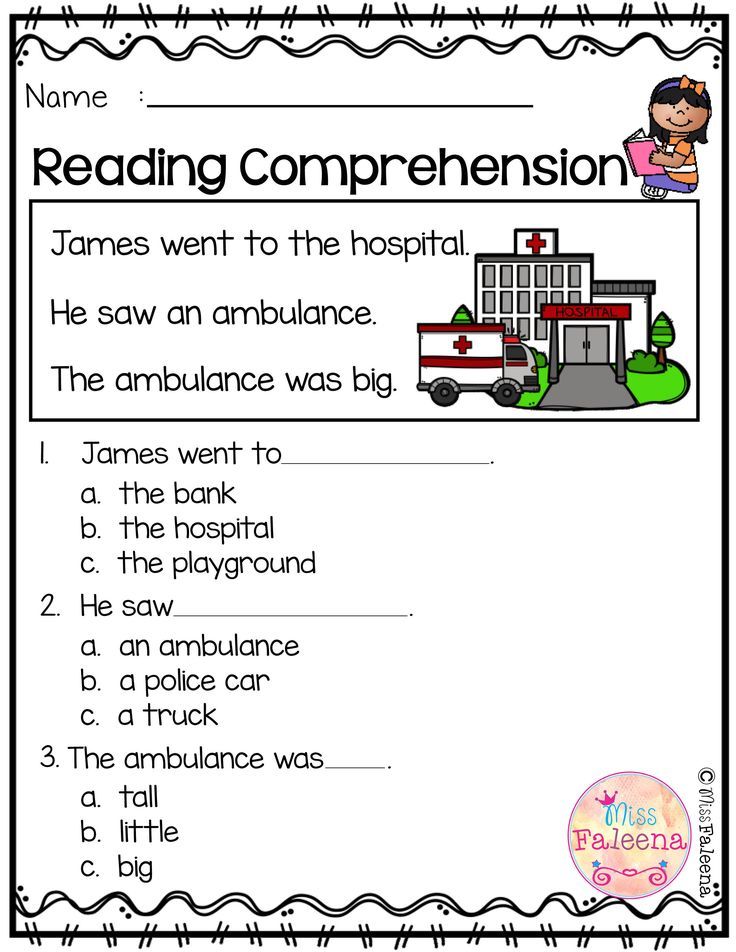
Find out more about studying at Antara Academy.
Related materials:
- What is meaningful reading and how to develop it
If you like materials on the Pedagogical Council, subscribe to our Telegram channel to be the first to know about events.
Subscribe
We teach the child to understand the meaning of the text. Free exercises
Many children find it very difficult to make the transition from rote reading to conscious reading. One reason for this may be dyslexia, which makes it difficult for a child to focus on letters and link them into words. Therefore, reading for such children turns into torture. Read more about what this violation is and how to understand if your child has it, read here.
⠀
Another reason why it is difficult for a child to understand what they read is the speed of reading. A child who reads slowly usually forgets what he was reading when he reaches the end of a page or paragraph.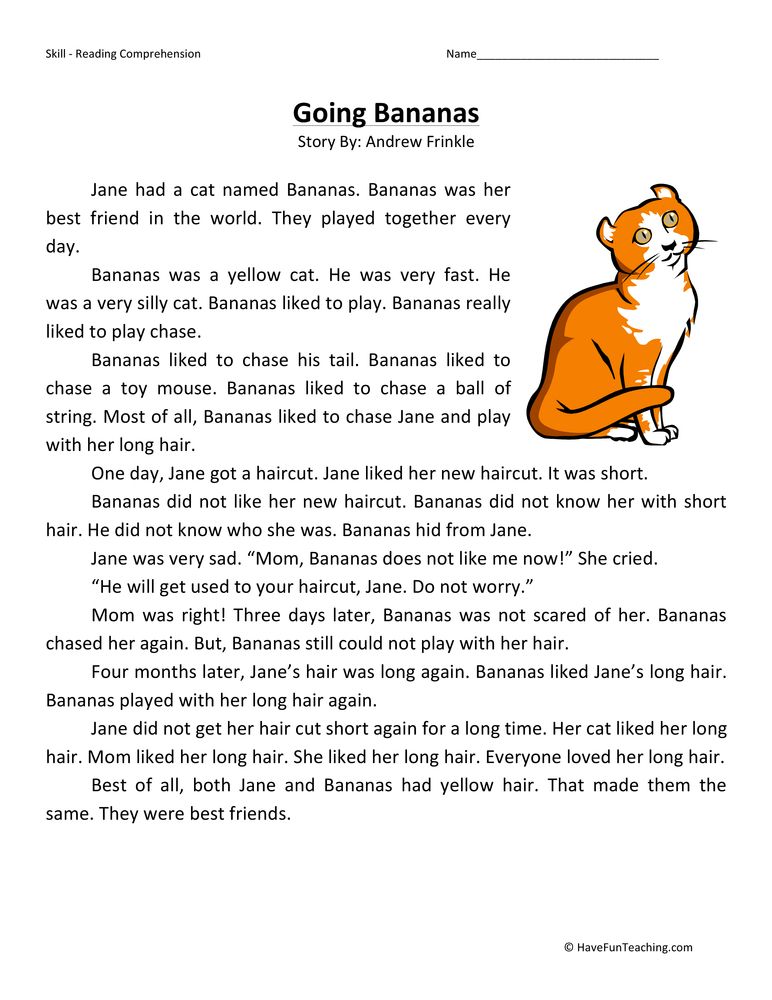
⠀
There can be several reasons for slow reading:
- poor concentration of attention;
- narrow field of vision, when it is difficult for a child to focus on a whole word, phrase or sentence;
- speaking the text aloud or to oneself;
- when reading, the eyes move in a chaotic manner.
⠀
We will look at some simple exercises for preschoolers and schoolchildren that will help increase their reading speed.
Learning to read faster
1. Attention exercises
Set a timer and ask the child to name all the letters in alphabetical order starting with the letter A and going down the table.
This exercise also focuses on concentration. Ask the child not to read the words, but in order to name the colors in which the words are written.
2. Getting rid of regression
In order for the child to read word by word, not to jump from one line to another with his eyes and to be as focused as possible while reading - give the following exercise 5 minutes a day and the result will not be long in coming.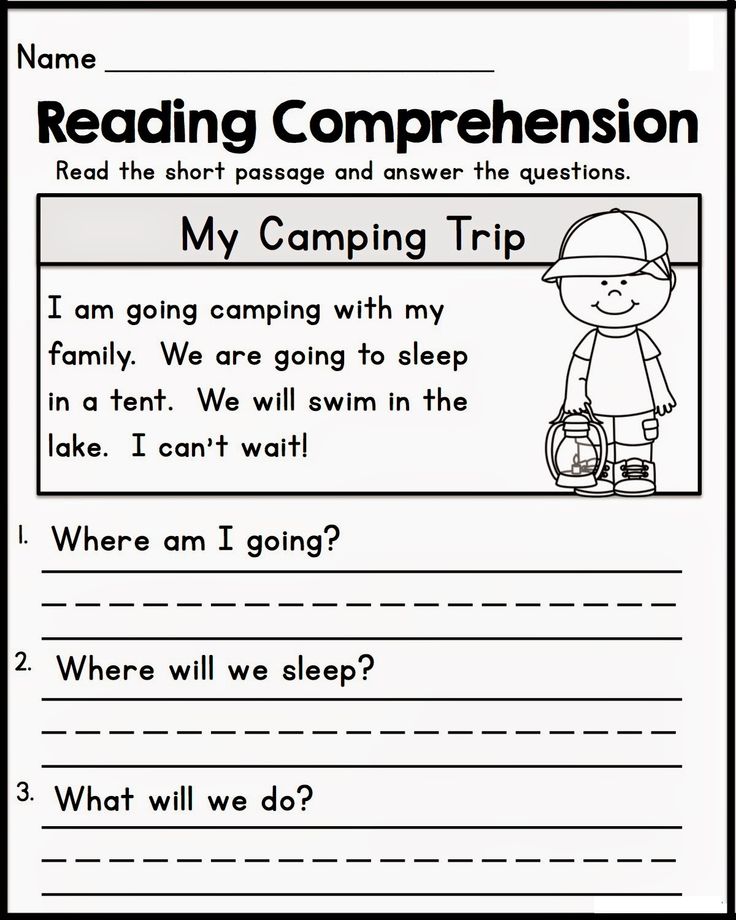
Letters, figures, numbers and words that are in the squares must be named sequentially. Through this exercise, the child learns to move his eyes correctly and avoid regression.
⠀
The sooner you get it, the better.
3. At the same time we train concentration of attention and logic
Ask the child to correctly form words in sentences.
Study with your child for 15-20 minutes every day and after 2-3 weeks he will read faster. And if you have already tried, but nothing worked out for you or you simply do not have enough time to study, we offer you our Reading Simulator course.
⠀
After learning, your child will learn to read faster, will understand what they read and begin to read with interest, and will be able to write simple sentences in block letters. You can sign up for a trial lesson here.
⠀
Now let's move on to exercises aimed at conscious reading.
7 game exercises that will teach a child to understand what they read
For example, let's take a passage from a fairy tale and show all the exercises on it.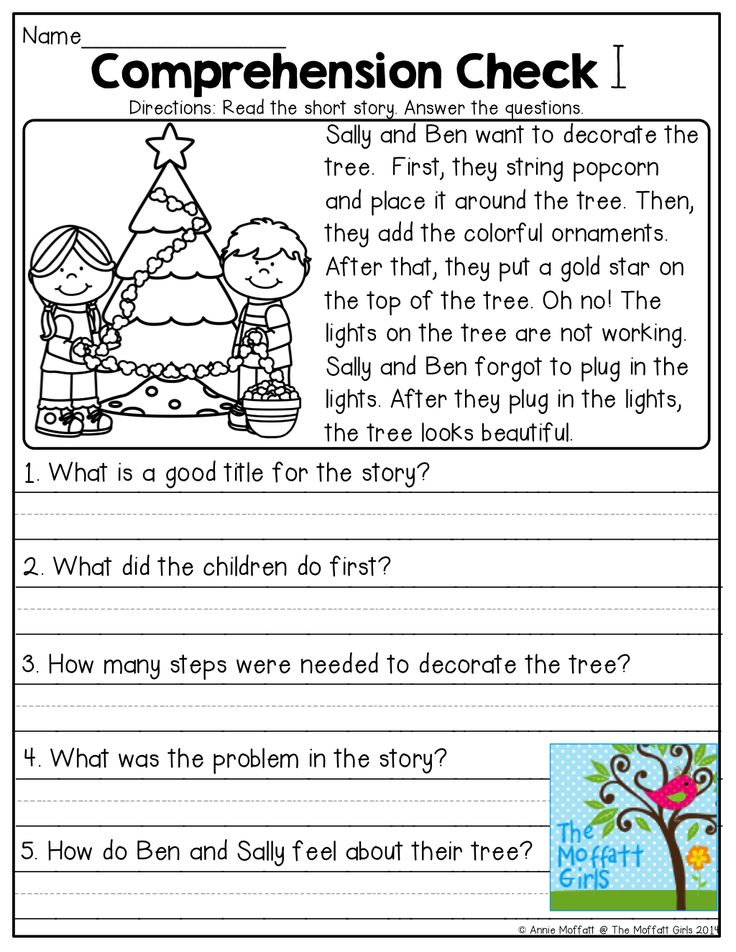 You can also choose different passages from your child's favorite fairy tales for each exercise.
You can also choose different passages from your child's favorite fairy tales for each exercise.
⠀
In order not to spoil the books and not to type the text, find the electronic version of the fairy tale, select any passage and print it out.
⠀
The text on which we will demonstrate our exercises will be taken from a children's book recommended by our student's mother Elena.
⠀
An excerpt from the book "Shmyak the Kitten" by Robin Scotton
1. Visualizing the text
Pictures help to engage both hemispheres of the child's brain, making it easier for him to understand and remember the meaning of what he read. You can visualize the text using self-made mnemonic tables. Below is an example, and how to do them correctly, read here.
2. Making the text out of parts
Take the printed text and ask the child to read it once or twice. Then cut the text into paragraphs, shuffle it, and ask him to reconstruct the text by putting the pieces together in sequence.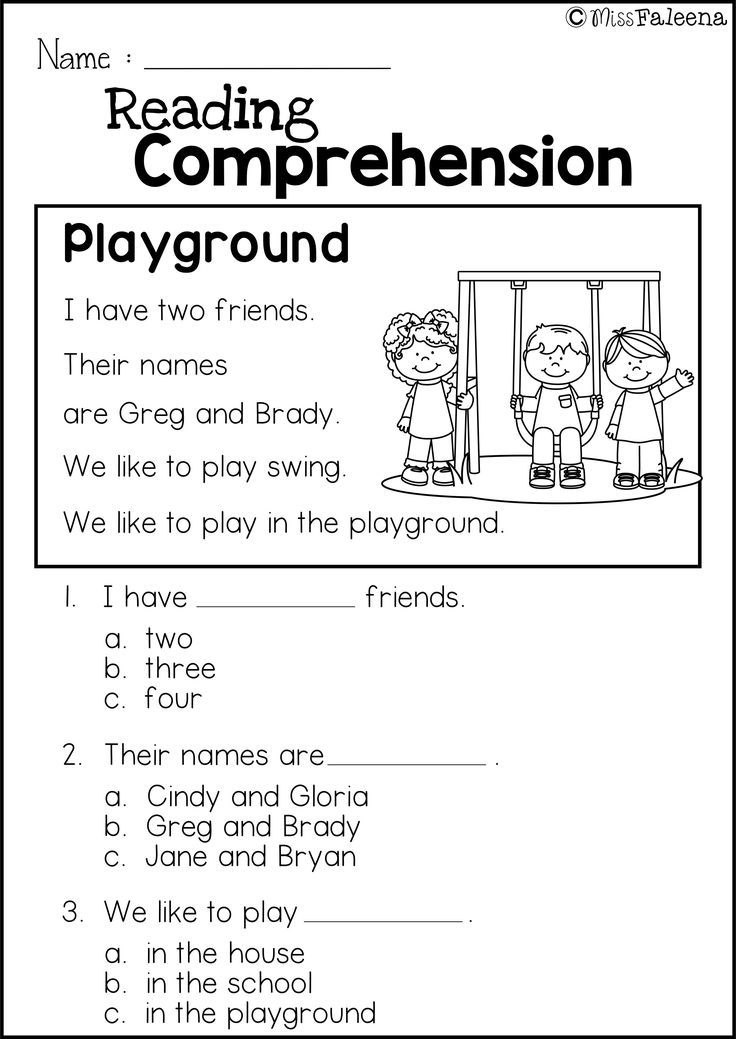
3. Playing teacher
Take the printed text and invite the child to cross out the words in such a way that the main meaning is not lost.
4. We train logic and learn to analyze what we read
We invite you and your child to solve word logic problems. Remember the famous Soviet riddle “A, I, B were sitting on a pipe. A - fell, B - disappeared. Who stayed on the pipe? Answer - And remained on the pipe.
⠀
This is a very simple and interesting riddle for preschoolers, which demonstrates to children the great possibilities of the Russian language.
⠀
Below are more examples of tasks for training.
We also recommend that you develop your child's logical thinking by using our simple ideas for creating games from objects that you have at home.
5. Analyzing the text with questions
A good way to help your child build a sense chain is to ask questions about the text:
⠀
- Who is the main character?
- What is happening to him?
- Why do you think this is happening to him? Why was he in this situation?
- What does this situation teach him?
- What would you do in this situation?
- Let's imagine what could have happened if he had acted differently?
⠀
Such questions will help the child to catch the meaning, highlight the main idea and easily retell what they have read.